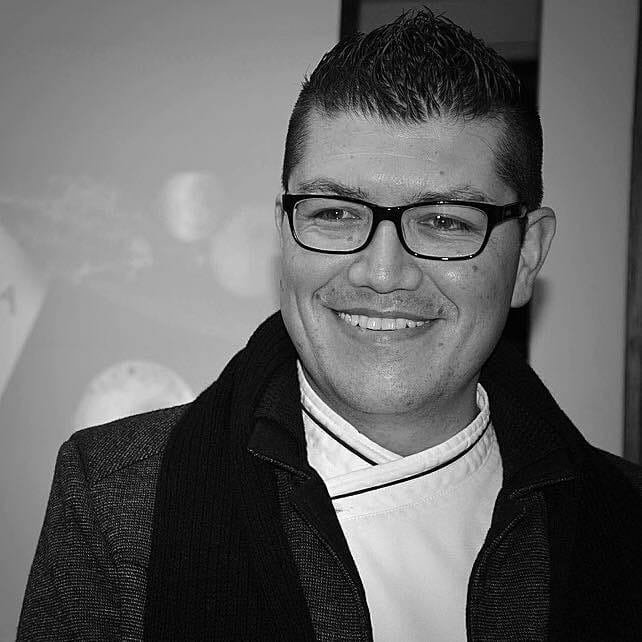Human beings experience diverse emotions throughout their lives, the most faithful of these is feeding. That, in remote times, was only seen as a need of pure survival.
Tastes have been transformed, letting humans be more demanding individuals with specific choices. This has given cause for studying human emotions within their different stages in human history in regard to their feeding.
What is clear is that our senses are the ones in charge of receiving all the external agents and performing a sensory approval. Neurogastronomy (the study of flavor and the way it affects cognition and memory) is in charge of performing that research, and it has to do with the way our brain feels and gives the answers back from the stimuli that come from food. All these are a group of factors that go to our brains, which finally decides our preferences about what to eat, as well as what we are not going to eat in the future.
This is how we can talk about the gustatory memory and the new neuronal connections that individuals will build throughout their lives .
Artistic neurogastronomy takes the previous study as a starting point. It is brain + senses+ food, and it binds additional factors such as sensitivity, color, and sound together. This is something ephemeral but elemental, where current societies not only ingest products, but also look for new experiences that spin around them.
The development of artistic neurogastronomy has been an analytical and execution process. It began with the study of the traditional cooks' work in the American kitchens, in order to demonstrate that sensitivity is a crucial factor in the cooking process, and in this way, there is a need of linking it to daily modern cooking and its representatives.
In addition to this, the importance of color psychology has been linked to the moment of putting the plate together to directly relate the presentation to colors and emotions.
We have to make clear the fact that a starting concept has to be linked to research of a suitable technique or technical application, to new presentation proposals. These proposals break the traditional scheme. All factors generate a plate proposal with a previous justification.
The implementation of small portions in a dish, where there is a big quantity of flavors and a great amount of textures that do not saturate our palates, can be the beginning of an interesting proposal that generates different contrasts and visual attraction.
The purpose of this new proposal is to rouse individuals' emotions through an innovative experience, thus the feeding process will be no longer a survival practice but become a more satisfying moment where memories are recalled or stories told.
The food conjugation with color, emotion, sensitivity, and music, lets us experience a performance with the diverse artistic elements that take us, in a marvelous way, to a new tendency of feeding ourselves that can be seen as a neurosensory spectacle .
Guest Post by Luis Ernesto Martinez Velandia, Investigador, Chef Docente ISMM Colombia luisemv99@gmail.com
People are made of stories, not atoms.

